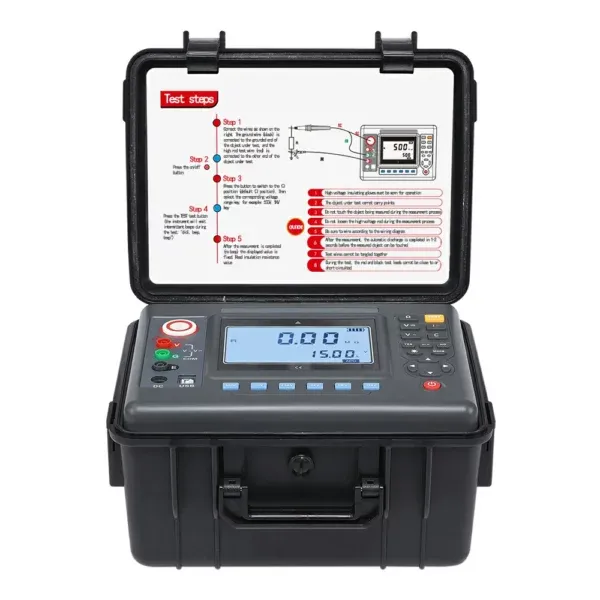 English
English


gas chromatography mass spectrometry test
Gas Chromatography-Mass Spectrometry A Powerful Analytical Tool
Gas Chromatography-Mass Spectrometry (GC-MS) is a highly efficient analytical technique widely used in various fields such as environmental science, pharmaceuticals, and food safety
. This method combines the features of gas chromatography and mass spectrometry to provide a powerful tool for the separation and identification of complex mixtures of compounds.At its core, gas chromatography involves the separation of volatile compounds in a sample. The sample is vaporized and carried by an inert gas (the mobile phase) through a column containing a stationary phase. As the sample passes through the column, different compounds interact with the stationary phase, leading to variations in their retention times. This separation allows for the individual analysis of compounds based on their distinct properties.
Once the compounds are separated, the mass spectrometry phase takes over. Mass spectrometry works by ionizing chemical species and sorting the ions based on their mass-to-charge ratio. This process provides detailed information about the molecular weight and structure of the compounds present in the sample. Coupling GC with MS means that as each compound elutes from the chromatographic column, it is immediately ionized and analyzed by the mass spectrometer, allowing for a highly sensitive and specific identification.
gas chromatography mass spectrometry test

One of the primary advantages of GC-MS is its ability to analyze trace levels of substances in complex matrices. This feature is particularly important in environmental monitoring, where pollutants can be present in extremely low concentrations. GC-MS can detect these trace levels, enabling regulatory compliance and pollution assessment.
GC-MS is also invaluable in the pharmaceutical industry, where it is used for drug development and analysis, including the identification of active pharmaceutical ingredients, metabolites, and impurities. In food safety, this technique can detect contaminants and ensure that food products comply with safety regulations.
However, GC-MS is not without its limitations. It primarily analyzes volatile and semi-volatile compounds, which means non-volatile substances may require different analytical techniques. Additionally, sample preparation can be cumbersome and time-consuming, often influencing the overall efficiency of analysis.
In conclusion, Gas Chromatography-Mass Spectrometry is a cornerstone technique in analytical chemistry, providing unmatched precision and sensitivity in the identification and quantification of chemical compounds. Its versatility and reliability make it essential in various sectors, helping to ensure safety and compliance in a world increasingly aware of chemical risks.
-
Differences between open cup flash point tester and closed cup flash point testerNewsOct.31,2024
-
The Reliable Load Tap ChangerNewsOct.23,2024
-
The Essential Guide to Hipot TestersNewsOct.23,2024
-
The Digital Insulation TesterNewsOct.23,2024
-
The Best Earth Loop Impedance Tester for SaleNewsOct.23,2024
-
Tan Delta Tester--The Essential Tool for Electrical Insulation TestingNewsOct.23,2024





